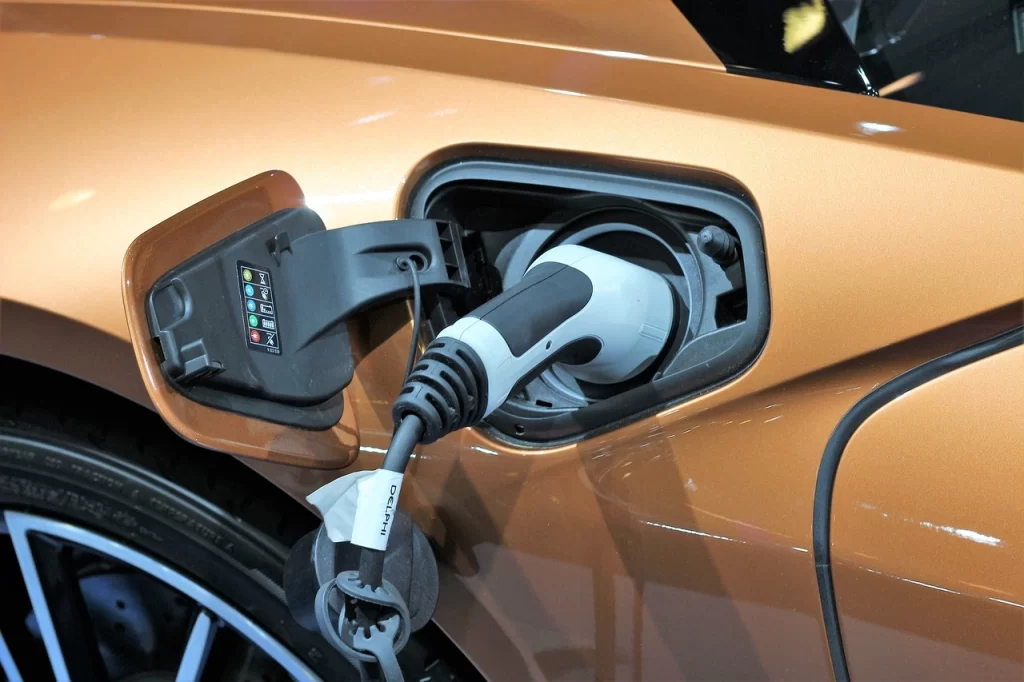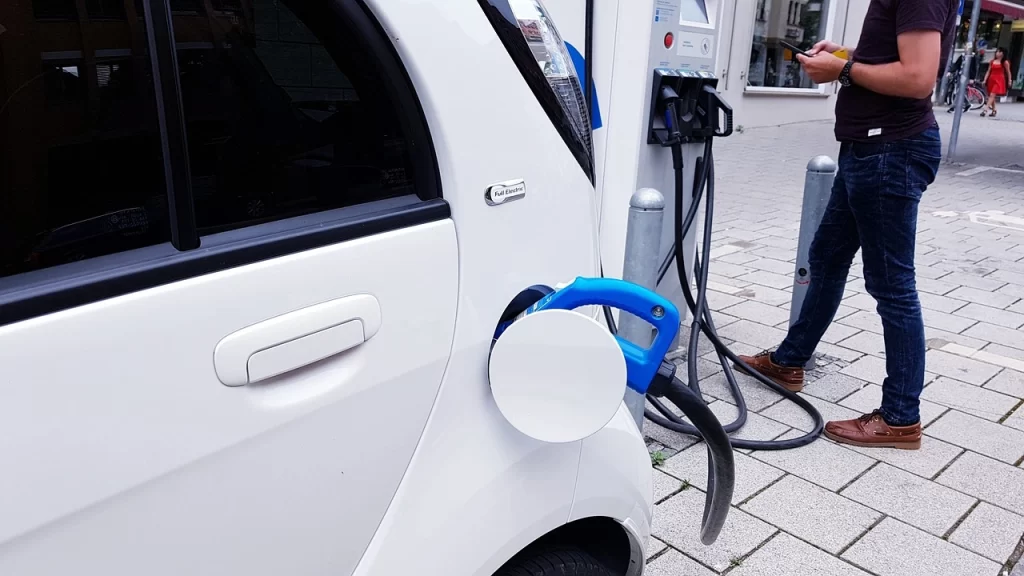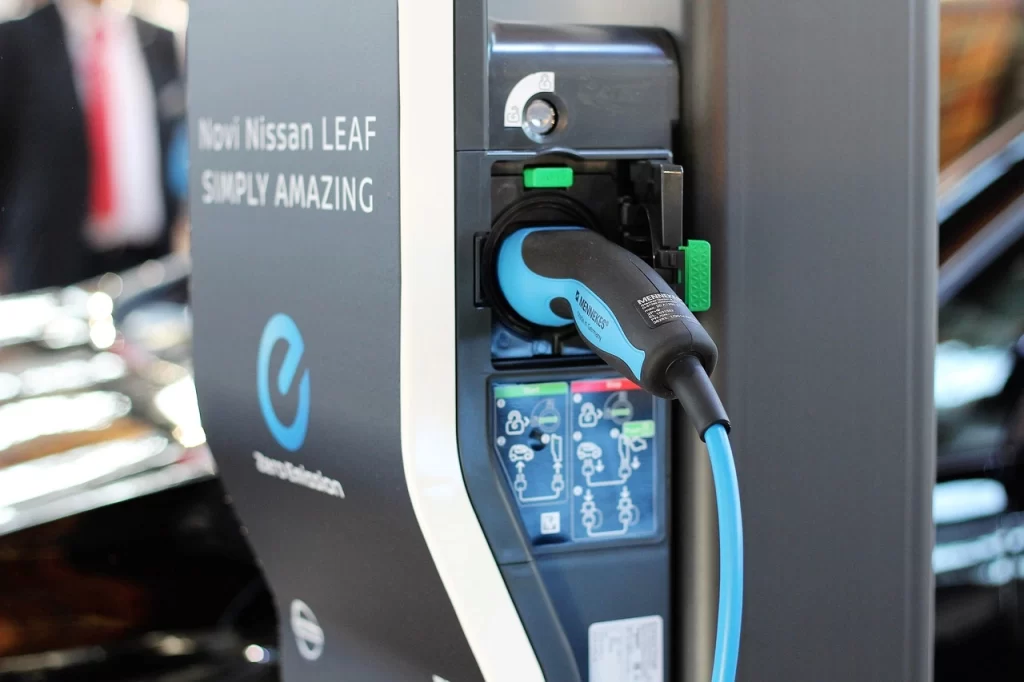Electric vehicles (EVs) are often heralded as the future of transportation. They’re eco-friendly, cost-effective, and increasingly popular among consumers. However, despite their growing presence on our roads, there’s a major hurdle that could stall this green revolution—public EV charging stations. A recent study has revealed a critical issue that all eco-conscious consumers, EV enthusiasts, and municipalities need to be aware of.
Introduction
Imagine pulling into a public charging station, only to find that it’s broken or occupied by a regular car. Frustrating, right? This scenario is all too common for EV drivers in the US. According to a study led by a Harvard Business School fellow, one in five public EV chargers in the US don’t work. In this blog post, we’ll explore the implications of this study, the challenges faced by EV drivers, and what municipalities can do to improve the situation. By the end, you’ll have a clearer understanding of why reliable charging infrastructure is crucial for the future of electric vehicles.
Understanding the Scope of the Problem
Broken and Malfunctioning Chargers
The study analyzed a decade’s worth of data from EV drivers’ reviews of charging stations. The findings were eye-opening. Approximately 20% of public EV chargers in the US are either broken or malfunctioning. This unreliability creates significant obstacles for drivers, who rely on these stations to keep their vehicles running.
Erratic Charging Pricing

Beyond the physical malfunctions, there’s also the issue of erratic pricing. Many drivers have reported inconsistent and unpredictable costs when using public chargers. This lack of transparency can deter potential EV adopters who are already concerned about the initial investment required to switch from traditional gasoline-powered vehicles.
ICE Car Intrusion
Another major challenge is the intrusion of internal combustion engine (ICE) cars into EV charging spots. These drivers park in spots reserved for electric vehicles, making it impossible for EV drivers to charge their cars. This issue not only frustrates EV drivers but also highlights a lack of enforcement and public awareness regarding EV parking regulations.
The Importance of Reliable Charging Infrastructure
Boosting EV Sales
A reliable network of charging stations is crucial for increasing EV sales. When potential buyers see that charging their vehicle will be convenient and hassle-free, they’re more likely to make the switch. Conversely, the current state of unreliable chargers and erratic pricing can deter even the most eco-conscious consumers.
Enhancing User Experience
For existing EV drivers, a dependable charging infrastructure enhances the overall user experience. Knowing that a charging station will work as expected and offer fair pricing can make the difference between a smooth trip and a stressful one.
Environmental Impact
Reliable charging infrastructure also plays a significant role in reducing greenhouse gas emissions. The more accessible and dependable the charging network, the more people will transition to electric vehicles, thereby lowering the overall carbon footprint.
What Municipalities Can Do
Regular Maintenance and Upgrades
Municipalities must prioritize the regular maintenance and upgrading of public EV charging stations. This includes setting aside budgets specifically for this purpose and ensuring that service providers adhere to stringent quality standards.
Transparent Pricing Models
To address the issue of erratic pricing, municipalities can implement transparent pricing models. This could involve standardized pricing across all public chargers or clear, easily accessible information about costs before charging begins.
Enforcement and Awareness
Enforcing parking regulations can significantly reduce ICE car intrusion. Awareness campaigns can educate the public about the importance of reserving EV charging spots for electric vehicles. This dual approach can help create a more respectful and functional charging environment.
Case Studies of Successful EV Charging Networks
Norway’s Leading Example
Norway is often cited as a leading example in the realm of EV adoption. One of the key factors behind their success is the reliability of their charging infrastructure. With regular maintenance and transparent pricing, Norway has created an EV-friendly environment that other countries can learn from.
California’s Initiatives
California is another region making strides in EV infrastructure. Initiatives such as subsidies for installing home chargers and partnerships with private companies to expand public charging networks have greatly improved the state’s charging reliability.
Lessons from the Netherlands
The Netherlands has also been proactive in creating a reliable EV charging network. Through public-private partnerships and innovative solutions like mobile charging units, they’ve managed to maintain a high reliability score for their charging stations.
The Economic Benefits of Reliable EV Charging Infrastructure
Job Creation
Investing in reliable EV charging infrastructure can create numerous job opportunities. From construction and installation to maintenance and customer support, this growing sector can significantly contribute to the economy.
Increased Property Values
Properties located near reliable charging stations tend to have higher values. This is particularly appealing to eco-conscious consumers who prioritize sustainability in their purchasing decisions.
Encouraging Tourism
Regions with dependable EV charging networks can attract more tourists. Eco-conscious travelers are more likely to visit areas where they can easily charge their vehicles, boosting local economies.
Overcoming the Challenges
Technological Advancements

Technological advancements can play a crucial role in overcoming the challenges associated with EV charging stations. Innovations like wireless charging and faster charging speeds can enhance the user experience and make EV adoption more appealing.
Government Incentives
Government incentives, such as tax breaks and subsidies for installing and maintaining charging stations, can encourage more businesses and municipalities to invest in reliable infrastructure.
Public-Private Partnerships
Collaborations between public entities and private companies can lead to more efficient and widespread charging networks. These partnerships can leverage the strengths of both sectors to create a robust and reliable infrastructure.
Future Trends in EV Charging
The Rise of Ultra-Fast Chargers
Ultra-fast chargers are becoming more prevalent, offering significantly reduced charging times. These advancements can make EVs more convenient for long-distance travel, addressing one of the major concerns of potential EV buyers.
Integration with Renewable Energy
Integrating EV charging stations with renewable energy sources, such as solar and wind, can further enhance their environmental benefits. This trend is likely to grow as more regions aim for sustainability.
AI and Smart Charging Solutions
Artificial intelligence (AI) and smart charging solutions can optimize the use of charging stations. These technologies can predict peak usage times, manage energy distribution, and ensure efficient operation, reducing downtime and enhancing reliability.
The Role of Businesses in Promoting EV Adoption
Corporate Sustainability Programs
Businesses can incorporate EV adoption into their corporate sustainability programs. Providing charging stations at workplaces and encouraging employees to switch to EVs can contribute to a greener future.
Fleet Electrification
Companies with vehicle fleets can lead by example by transitioning to electric vehicles. This not only reduces their carbon footprint but also demonstrates a commitment to sustainability.
Customer Incentives
Businesses can offer incentives to customers who drive electric vehicles. Reserved parking spots with charging stations, discounts, and loyalty programs can encourage more people to switch to EVs.
How Consumers Can Advocate for Better Infrastructure
Voicing Concerns
Consumers can play a vital role by voicing their concerns about unreliable charging infrastructure. Contacting local representatives, participating in community meetings, and using social media platforms can raise awareness and prompt action.
Supporting Sustainable Businesses
By supporting businesses that prioritize sustainability and provide reliable charging options, consumers can drive demand for better infrastructure. This can create a ripple effect, encouraging more businesses to follow suit.
Staying Informed
Staying informed about the latest developments in EV technology and infrastructure can empower consumers to make better choices. Joining online forums, subscribing to newsletters, and attending industry events can provide valuable insights.
The state of public EV charging stations in the US presents a significant challenge for the growth of electric vehicles. With one in five chargers not working, it’s clear that more needs to be done to improve the reliability and accessibility of these essential facilities. By addressing the issues of broken chargers, erratic pricing, and ICE car intrusion, we can create a more EV-friendly environment.
For eco-conscious consumers, EV enthusiasts, and municipalities, the message is clear: reliable charging infrastructure is crucial for the future of electric vehicles. By working together and taking proactive steps, we can overcome these challenges and pave the way for a sustainable, electric future.
Ready to take action? Explore more about EV charging solutions and join the movement for a greener tomorrow.








